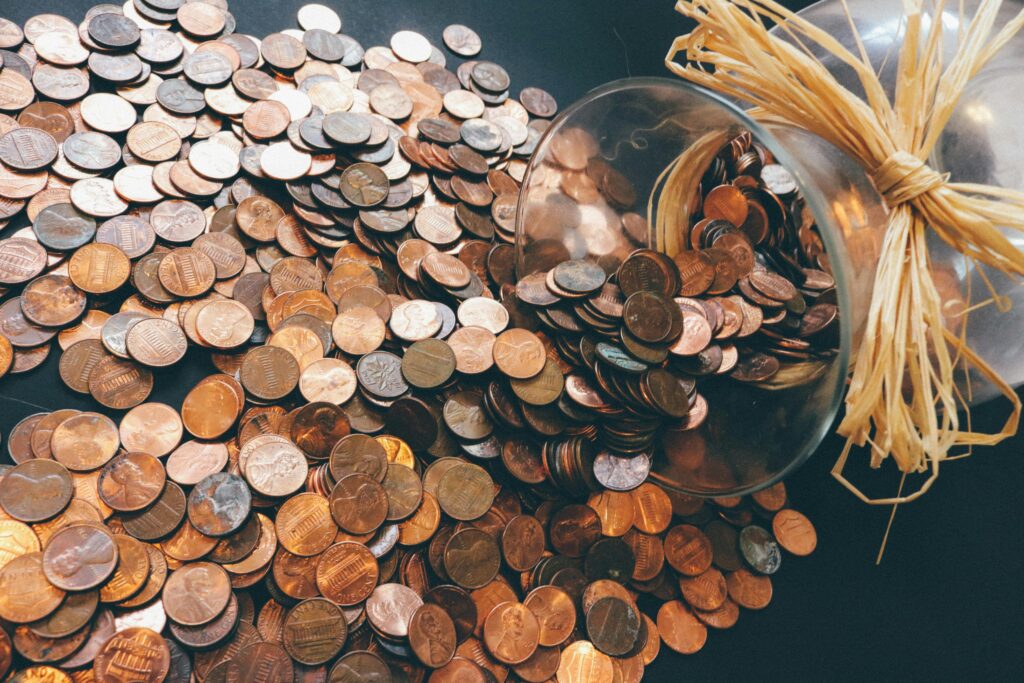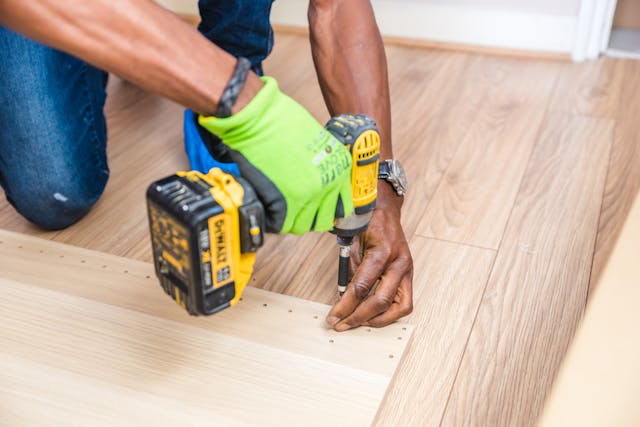Teaching your teenager to drive is one of those milestone moments that feels both exciting and terrifying as a parent. You want to give them the freedom and independence that comes with a driver’s license, but you also want to ensure they’re prepared to handle the serious responsibility of operating a vehicle safely. Here’s how to help your teen become a confident, responsible driver.
Start with the Basics Early
Before your teenager even gets behind the wheel, begin discussing driving as a privilege that comes with significant responsibilities. Talk about the physics of driving – how speed affects stopping distance, why following distance matters, and how weather conditions impact vehicle control. Many teens benefit from understanding the “why” behind driving rules, not just the “what.”
Consider enrolling your teen in a formal driver’s education course. Professional instructors bring expertise and objectivity that can complement your own teaching, and many insurance companies offer discounts for completed driver’s ed programs.
Practice Makes Progress
Once your teen has their learner’s permit, consistency is key. Regular practice sessions, even short 15-20-minute drives, are more effective than occasional long sessions. Start in empty parking lots where your teen can get comfortable with basic vehicle controls – steering, braking, acceleration, and parking – without the pressure of traffic.
Gradually progress to quiet residential streets, then busier roads, highways, and eventually challenging conditions like night driving and various weather conditions. Each environment teaches different skills and builds confidence incrementally.
Focus on Defensive Driving Skills
Teach your teenager to drive defensively from the beginning. This means always scanning for potential hazards, maintaining safe following distances, checking blind spots consistently, and never assuming other drivers will follow traffic laws. Emphasize that being “right” doesn’t prevent accidents – being cautious and aware does.
According to legal experts like Coffey McPharlin, who specializes in car accidents, many preventable collisions occur when drivers fail to practice proper defensive techniques. Teaching these skills early can help your teen avoid dangerous situations entirely.
Practice emergency maneuvers in safe environments. Teach your teen how to handle situations like sudden braking, steering around obstacles, and what to do if the vehicle starts to skid.
Address Technology and Distractions
Today’s teenagers are digital natives, which makes addressing phone use and other distractions critical. Establish clear rules about device use while driving – ideally, phones should be put away entirely, not just set to silent. Consider using apps that block phone functions while driving or setting up automatic “driving mode” responses.
Discuss other common distractions too: loud music, eating while driving, and conversations with passengers. Help your teen understand that driving requires their full attention.
Set Clear Rules and Consequences
Before handing over the keys, establish family driving rules. These might include restrictions on night driving, passenger limits, geographic boundaries, and requirements for checking in. Make sure consequences for breaking these rules are clear and consistently enforced.
Consider using a graduated approach to independence. Start with supervised driving, then allow solo trips for specific purposes like school or work, and gradually expand privileges as your teen demonstrates responsible behavior.
Model Good Driving Behavior
Remember that your teenager has been observing your driving habits for years. Make sure you’re modeling the behavior you want to see. Use your seatbelt every time, follow speed limits, avoid phone use while driving, and demonstrate patience with other drivers. If you make a mistake while driving, acknowledge it and explain what you should have done differently.
Prepare for Different Conditions
Don’t limit practice to perfect weather and ideal road conditions. Your teen needs experience driving in rain, at dusk and dawn when visibility is challenging, and in various traffic situations. If you live in an area with snow, winter driving skills are essential.
Practice parking in different scenarios – parallel parking, tight spaces, angled parking. These skills build spatial awareness and confidence.
Understanding Vehicle Maintenance
Teach your teen basic vehicle maintenance and safety checks. They should know how to check tire pressure, oil levels, and understand what dashboard warning lights mean. Show them how to change a tire, jump-start a battery, and what to do if the car breaks down.
This knowledge builds confidence and helps ensure your teen won’t be stranded by preventable problems.
The Emotional Journey
Recognize that learning to drive can be stressful for both you and your teenager. Stay patient and encouraging, even when mistakes happen. Focus on progress rather than perfection, and remember that building driving skills takes time.
If tensions run high during practice sessions, consider supplementing your instruction with lessons from a professional driving instructor. Sometimes teens respond better to guidance from someone other than their parents.
Financial Responsibility
Use this opportunity to teach financial responsibility. Discuss the costs associated with driving – insurance, gas, maintenance, and potential tickets or accidents. Consider having your teen contribute to these costs through a part-time job or allowance arrangement.
Preparing for Independence
As your teen approaches full driving privileges, gradually reduce your supervision while maintaining open communication about their driving experiences. Encourage them to continue learning even after getting their license – driving skills develop over years, not weeks.
Remember that your goal isn’t just to help your teen pass the driving test, but to develop a safe, confident driver who will make good decisions behind the wheel for years to come. The time and effort you invest in thorough preparation will pay dividends in your teen’s safety and your own peace of mind.
Teaching your teenager to drive is ultimately about preparing them for adult responsibilities while keeping them safe. With patience, consistency, and clear expectations, you can help your teen develop the skills and judgment they need to be a responsible driver.










